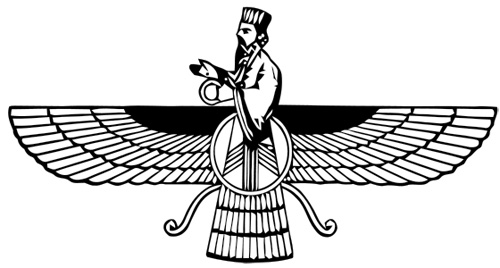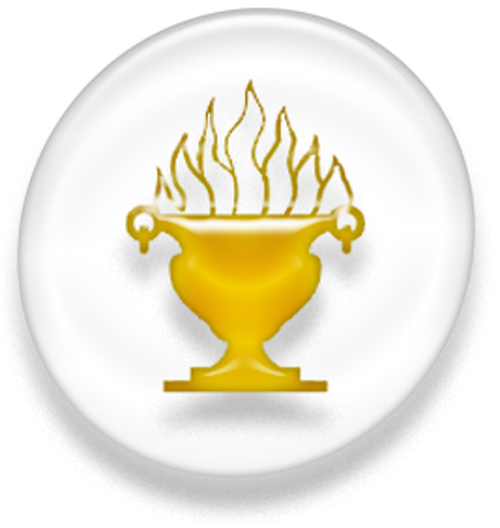Zoroastrianism was founded by Zoroaster (or Zarathustra), later deemed a prophet, in ancient Iran. The precise date of the founding of Zoroastrianism is uncertain. Zoroaster was born in either Northeast Iran or Southwest Afghanistan. He was born into a culture with a polytheistic religion, which included animal sacrifice[70] and the ritual use of intoxicants, quite similar to early forms of Hinduism in India. Zoroaster's birth and early life are little documented. What is known is recorded in the Gathas—the core of the Avesta, which contains hymns thought to be composed by Zoroaster himself. Born into the Spitama clan, he worked as a priest. He had a wife, three sons, and three daughters.
Zoroaster rejected the religion of the Bronze Age Iranians, with their many gods and oppressive class structure, in which the Karvis and Karapans (princes and priests) controlled the ordinary people. He also opposed animal sacrifices and the use of the hallucinogenic Haoma plant (possibly a species of ephedra) in rituals, but held the rooster as a "symbol of light" and associated it with "good against evil" because of his heraldic actions.
Humata, Hukhta, Huvarshta (Good Thoughts, Good Words, Good Deeds) are the basic tenets of the religion.
 Faravahar, one of the primary symbols of Zoroastrianism,
Faravahar, one of the primary symbols of Zoroastrianism,
believed to be the depiction of a Fravashi (guardian spirit)
Submit your Cleveland Zoroastrian cultural items.
| 

